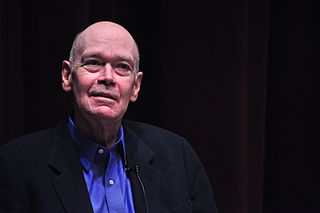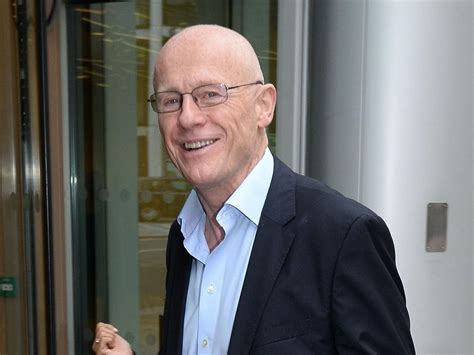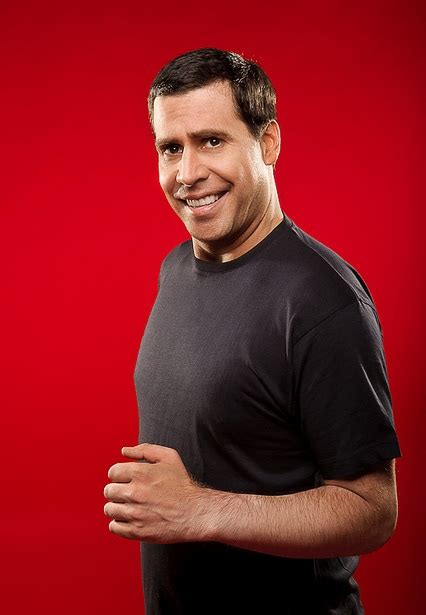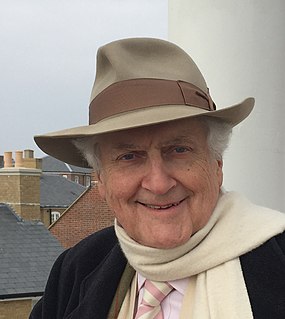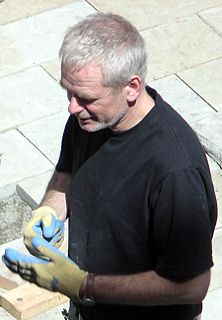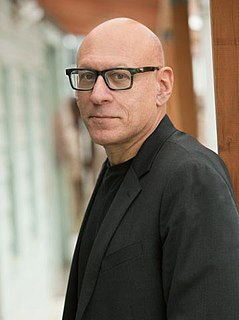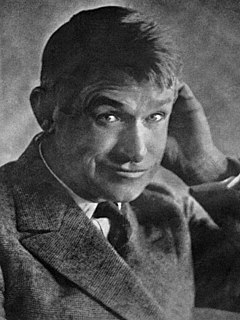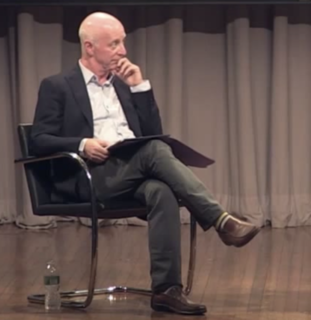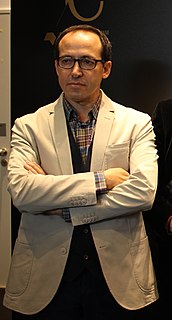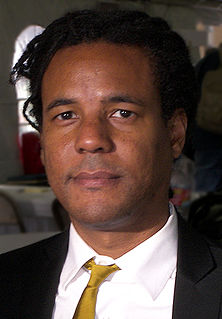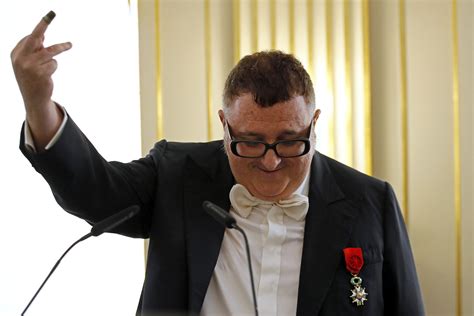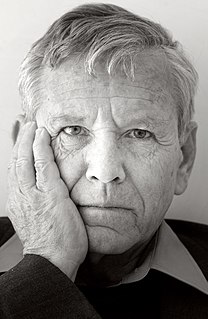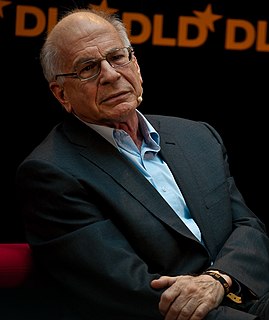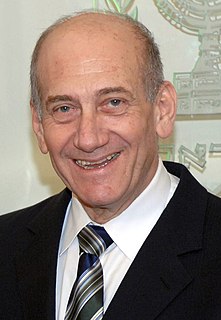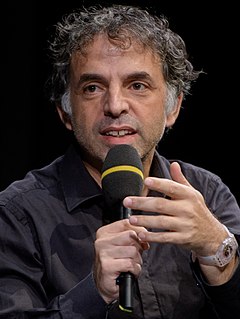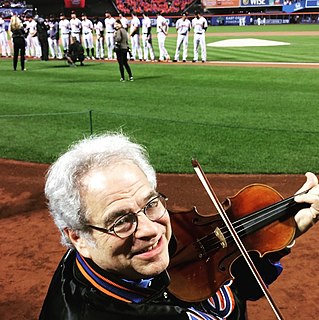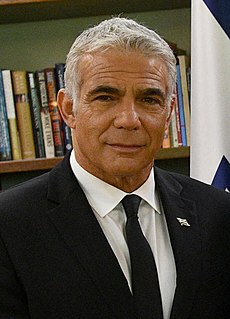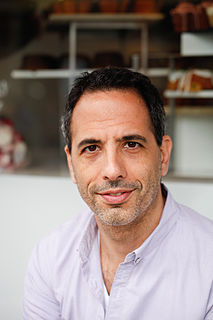A Quote by Yehuda Levi
Cities originally surrounded by a wall can produce an urban population cut off from the surrounding fields and from agriculture altogether. At the same time, the greenbelt laws eliminate the possibility of the unchecked expansion of a city into a monstrous megalopolis. If there is a need for additional homes, a new city must be established.
Related Quotes
We need find the space to build more affordable homes in the city. That involves a number of different policy responses. For example, I've spoken about the need to rethink the greenbelt - the protected land around the edge of London that was originally intended to be protected and retained as an area of natural beauty but in many cases is neither natural nor beautiful.
Living in cities is an art, and we need the vocabulary of art, of style, to describe the peculiar relationship between man and material that exists in the continual creative play of urban living. The city as we imagine it, then, soft city of illusion, myth, aspiration, and nightmare, is as real, maybe more real, than the hard city one can locate on maps in statistics, in monographs on urban sociology and demography and architecture.
Cities must urge urban planners and architects to reinforce pedestrianism as an integrated city policy to develop lively, safe, sustainable and healthy cities. It is equally urgent to strengthen the social function of city space as a meeting place that contributes toward the aims of social sustainability and an open and democratic society.
A city can only be reconstructed in the form of urban quarters. A large or a small city can only be reorganized as a large or a small number of urban quarters; as a federation of autonomous quarters. Each quarter must have its own center, periphery and limit. Each quarter must be a city within a city.
Do you know what Agelisas said, when he was asked why the great city of Lacedomonie was not girded with walls? Because, pointing out the inhabitants and citizens of the city, so expert in military discipline and so strong and well armed: "Here," he said, "are the walls of the city," meaning that there is no wall but of bones, and that towns and cities can have no more secure nor stronger wall than the virtue of their citizens and inhabitants.
New York remains what it has always been : a city of ebb and flow, a city of constant shifts of population and economics, a city of virtually no rest. It is harsh, dirty, and dangerous, it is whimsical and fanciful, it is beautiful and soaring - it is not one or another of these things but all of them, all at once, and to fail to accept this paradox is to deny the reality of city existence.


